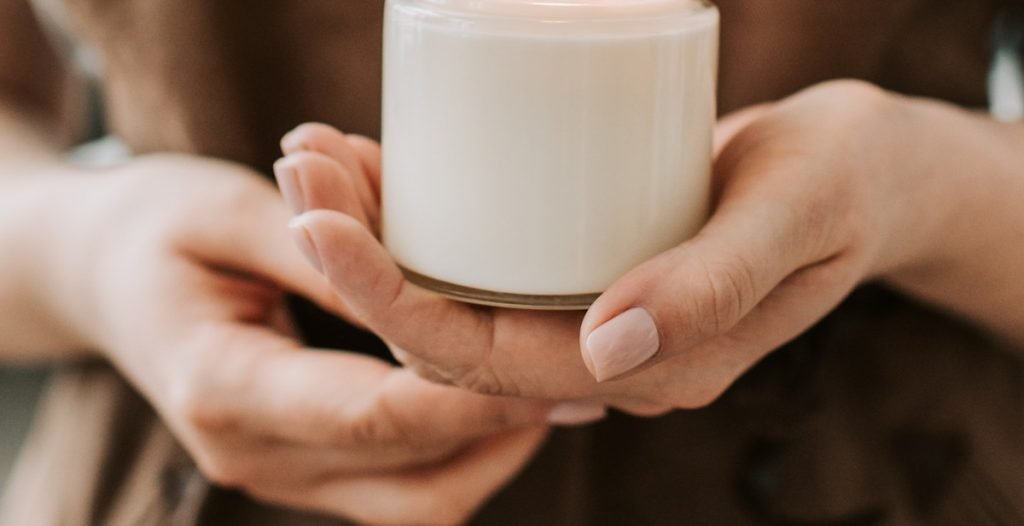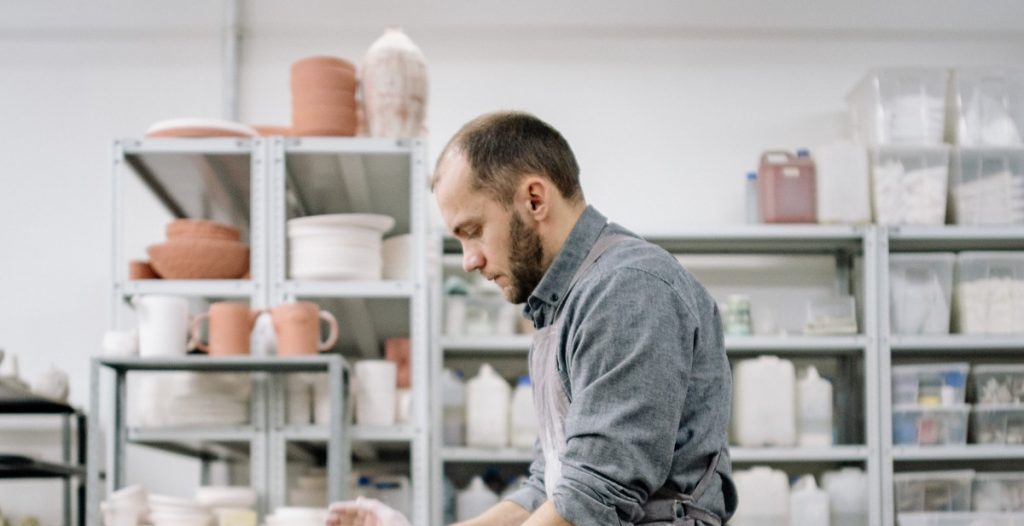Introduction: Balancing Creativity and Practicality in Candle Design and Production
Candles have become a popular item for both personal use and gifts. As such, the candle market has become highly competitive, with consumers expecting unique and high-quality products. Therefore, it is essential for candle makers to strike a balance between creativity and practicality when designing and producing candles.
Why is it important to balance creativity with practicality?
On one hand, creativity plays a crucial role in making candles that stand out in the market. Creative ideas can result in unique designs, scents, and packaging that attract customers. On the other hand, practicality is equally important, as it ensures that the candles are safe, functional, and cost-effective to produce. Practicality also ensures that the candles meet regulatory requirements and are environmentally sustainable.
Therefore, finding the right balance between creativity and practicality is crucial for candle makers to succeed in the market. This article will explore the various ways in which candle makers can balance creativity and practicality in their design and production processes.

Understanding the Market
Before embarking on any creative venture, it is important to understand the market demand for your product. This is particularly true when it comes to designing and producing candles. The candle market is a highly competitive one, with a wide range of products available to consumers. Therefore, it is essential to research the market thoroughly to identify gaps in the market and potential opportunities for your product.
Researching the Market Demand
When researching the market demand for candles, it is important to consider factors such as trends, consumer preferences, and purchasing habits. This can be done through a variety of methods, including online surveys, focus groups, and market analysis reports. By understanding what consumers are looking for in a candle, you can tailor your product to meet those needs and stand out in a crowded market.
Identifying Your Target Audience
Another key factor in balancing creativity with practicality in candle design and production is identifying your target audience. This involves understanding the demographics, interests, and behaviors of the consumers who are most likely to purchase your product. By knowing your target audience, you can create candles that appeal to their specific needs and preferences.
| Demographics | Interests | Behaviors |
|---|---|---|
| Age | Hobbies | Buying habits |
| Gender | Lifestyle | Brand loyalty |
| Income | Tastes | Product usage |
By taking a data-driven approach to understanding the market and your target audience, you can strike the right balance between creativity and practicality in your candle design and production. This will enable you to create candles that not only look and smell great but also meet the needs and preferences of your target consumers.

Creativity in Candle Design
Designing and producing candles that are both practical and creative requires a balance between functionality and aesthetics. The following are some ways to infuse creativity into candle design:
Choosing the Right Scent
The scent of a candle is an essential component of its overall appeal. When selecting a scent, it is important to consider the purpose of the candle. For example, candles used for relaxation and meditation may benefit from calming scents such as lavender or chamomile, while candles used for festive occasions may feature more festive scents such as cinnamon or peppermint.
Experimenting with Different Wax Types
Wax type is another factor to consider when designing candles. Different types of wax have different melting points, textures, and burn times. Soy wax is a popular choice for candle makers due to its natural and eco-friendly properties, while beeswax is known for its sweet honey scent and long burn time. Experimenting with different wax types can lead to unique and innovative candle designs.
Innovative Candle Shapes and Sizes
Candles come in various shapes and sizes, from the classic pillar to the more whimsical shapes of animals and fruits. Innovative candle shapes and sizes can add a playful and creative touch to your candle designs. For example, a candle shaped like a cactus can be a fun addition to a desert-themed decor, while a candle shaped like a pineapple can add a tropical vibe to a beach house.
| Pros | Cons |
|---|---|
| Infusing creativity into candle design can make your products stand out in a crowded market. | Overly creative designs may not be practical or functional for everyday use. |
| Experimentation with different scents and wax types can lead to new and exciting product lines. | Producing unique designs may be more time-consuming and costly. |
| Offering a variety of candle shapes and sizes can cater to different customer preferences. | Unconventional designs may not appeal to a wider audience. |

Practicality in Candle Production
When it comes to designing and producing candles, creativity is essential. However, it is equally important to balance creativity with practicality. This means implementing efficient production techniques, sourcing cost-effective materials, and maintaining quality control throughout the candle-making process.
Efficient Production Techniques
Efficient production techniques are crucial for any candle-making business. This involves streamlining the production process to minimize waste, reduce production time, and increase output. One way to achieve this is by investing in modern equipment and tools that can automate certain aspects of production. For example, using a wax melter and pourer can significantly speed up the melting and pouring process, reducing the time it takes to produce each candle.
Sourcing Cost-Effective Materials
The cost of materials can quickly add up in candle production, especially when using high-quality ingredients. However, it is possible to source cost-effective materials without compromising on quality. One way to do this is by buying in bulk from reputable suppliers. This can help to reduce the cost per unit and ensure a consistent supply of materials. Additionally, exploring alternative materials, such as soy wax or beeswax, can help to reduce costs without sacrificing quality.
Maintaining Quality Control
Maintaining quality control is essential for any candle-making business. This involves ensuring that each candle meets the necessary standards for appearance, scent, burn time, and safety. One way to achieve this is by implementing a quality control checklist that outlines the necessary steps for each stage of production. This can help to identify any issues early on, preventing them from affecting the final product.
| Efficient Production Techniques | Sourcing Cost-Effective Materials | Maintaining Quality Control |
|---|---|---|
| Invest in modern equipment and tools to automate certain aspects of production. | Buy in bulk from reputable suppliers to reduce the cost per unit. | Implement a quality control checklist to identify any issues early on. |
| Streamline the production process to minimize waste, reduce production time, and increase output. | Explore alternative materials, such as soy wax or beeswax, to reduce costs without sacrificing quality. | Ensure that each candle meets the necessary standards for appearance, scent, burn time, and safety. |
By implementing efficient production techniques, sourcing cost-effective materials, and maintaining quality control, candle makers can strike the perfect balance between creativity and practicality. This can help to increase profitability, improve customer satisfaction, and ultimately, grow a successful candle-making business.

Balancing creativity and practicality
Designing and producing candles require a delicate balance between creativity and practicality. While creativity is essential in creating unique and eye-catching candles, practicality ensures that the candles are functional and can be produced at a reasonable cost. Here are some tips to help you balance creativity and practicality when designing and producing candles:
Considering the cost-benefit analysis
When designing and producing candles, it’s crucial to consider the cost-benefit analysis. This involves weighing the costs of production against the potential benefits of selling the candles. It’s essential to find a balance between the cost of production and the price at which the candles will sell. This will help you create candles that are not only practical but also profitable.
Prioritizing customer satisfaction
Customer satisfaction should be a top priority when designing and producing candles. While it’s essential to be creative and unique, it’s also crucial to ensure that the candles meet the needs and preferences of your target audience. Consider their tastes, preferences, and needs when designing and producing candles. This will help you create candles that not only look good but also meet the needs of your customers.
Collaborating with other experts in the industry
Collaborating with other experts in the candle industry can help you balance creativity and practicality. By working with other experts, you can gain insights, ideas, and inspiration that can help you create unique and practical candles. Collaborating with other experts can also help you identify potential challenges and find solutions that can help you create candles that are both creative and practical.
Overall, balancing creativity and practicality when designing and producing candles requires careful consideration of the cost-benefit analysis, prioritizing customer satisfaction, and collaborating with other experts in the industry. By following these tips, you can create candles that are both unique and functional, and that will appeal to your target audience.

Conclusion
Designing and producing candles require a balance between creativity and practicality. While creativity is essential in creating unique and attractive designs, practicality is necessary to ensure that the candles are safe, functional, and profitable.
When designing candles, it is crucial to consider the target market and their preferences. This will help you create candles that appeal to their tastes and needs. Additionally, it is essential to consider the materials used in making the candles, as some materials may affect the quality or safety of the product.
Furthermore, practicality comes into play when considering the cost of production, packaging, and shipping. It is crucial to ensure that the candles are profitable, and their prices are competitive in the market.
Finally, it is important to test and refine your candle designs to ensure that they meet the necessary safety standards and quality requirements. This will help you avoid any potential risks or liabilities and ensure that your candles are of high quality and long-lasting.
In conclusion, finding the right balance between creativity and practicality is crucial when designing and producing candles. By considering the target market, materials, costs, and quality standards, you can create unique and profitable candles that meet the needs of your customers.



